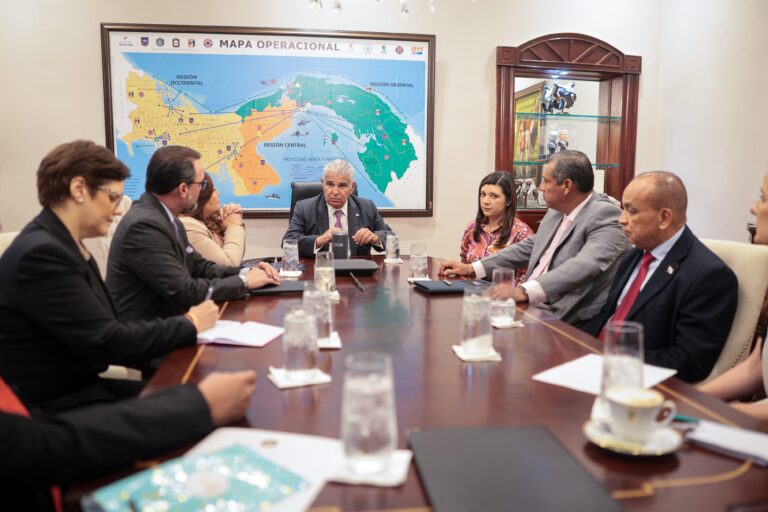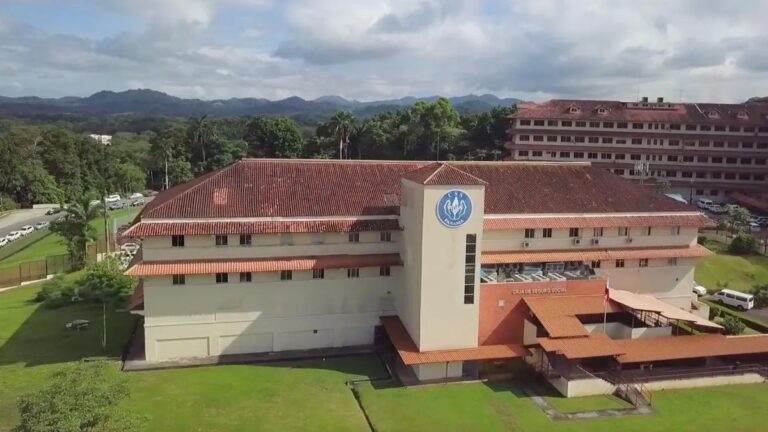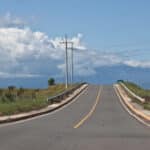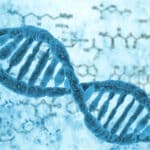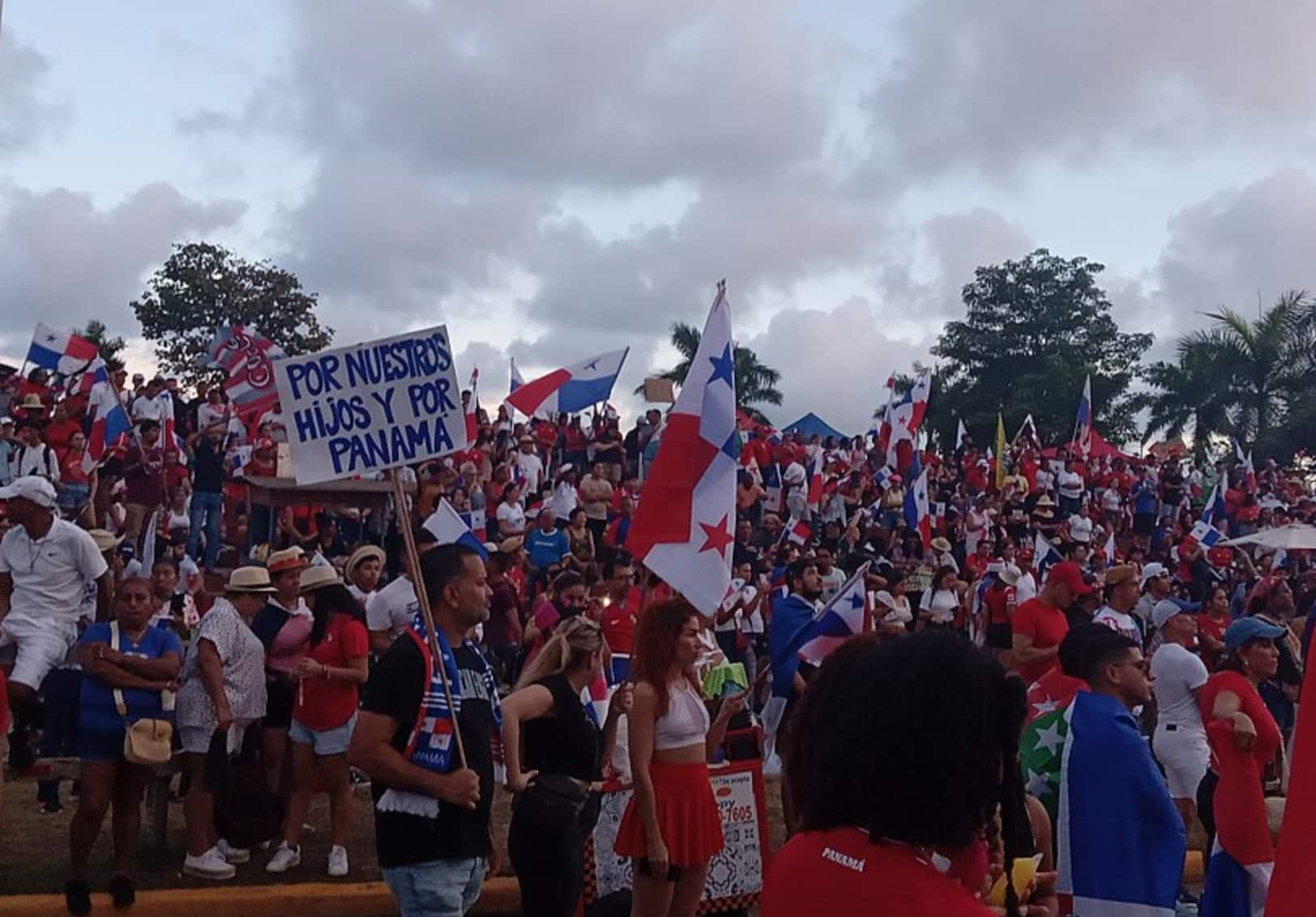
The Guna people of Panama have taken a clear stance in support of national demonstrations opposing recent government decisions that, according to their leaders, threaten indigenous rights, the environment, and national sovereignty.
Leaders from Guna Yala, a semi-autonomous indigenous region, have called on their communities to remain united in resistance, echoing the wider protests unfolding across the country.
In a joint statement issued by traditional leaders and local organizations, the Guna leadership urged their people to stand against new government policies, including the recent approval of Law 462, an agreement with the United States, and the expansion of open-pit mining operations.
These measures, the Guna argue, have already caused harm to both the land and the broader Panamanian population.
According to Guna leaders, these policies deepen inequality, threaten their ancestral territories, and place natural resources at risk of irreversible damage. They believe these decisions disregard indigenous voices and violate long-established rights to protect their culture and environment.
Cultural Leadership at the Core of Resistance
Each Guna Yala community is guided by a saila, a figure who holds both political and spiritual authority. These leaders play a central role in maintaining order and preserving oral traditions, sharing the history and values of their people through ceremonial songs and teachings.
El congreso general Guna Yala . Llama al pueblo a luchar en las calles y le pide a las organizaciones sociales, populares y gremios y sindicato a mantenerse firmes.
— Alvaro Alvarado – Noticias 180 Minutos/ Sin Rodeos (@AlvaroAlvaradoC) May 18, 2025
El congreso general Guna Yala. Pide la derogación de la 462. No a la minería cielo abierto y la derogación del… pic.twitter.com/9q9ufMXJrh
These traditions are passed down in community gatherings inside the Onmaked Nega—the Congress House—where political decisions are made and spiritual matters are addressed.
Supporting the saila are voceros, who help interpret these sacred songs into everyday language. Since these recitations often use formal or ancient forms of the Guna language, voceros make the teachings accessible to all members of the community. This unique structure emphasizes the importance of collective decision-making and cultural preservation.
The Guna system of governance is also deeply rooted in family customs. Guna society follows matrilineal traditions, where men join their wife’s family after marriage and adopt her last name. This way of life not only shapes personal relationships but also reinforces community cohesion and identity.
Call for Unity Across Indigenous Communities
Currently, 49 Guna communities make up the Guna Yala region. All are represented in the Guna General Congress, which is overseen by three top leaders known as Saila Dummagan or Great Sailas. These leaders are now calling for broader solidarity—not only among Guna people but also among other indigenous groups across Panama.
By joining the national protests, the Guna hope to bring attention to the harmful impact of these policies. Their aim is to help build a future that respects indigenous sovereignty, protects the environment, and ensures fairness for all Panamanians.
Through their statement, Guna leaders reaffirmed their long-standing dedication to social justice and environmental responsibility. Their message remains firm: protecting their land and way of life is essential not just for indigenous communities, but for the future of the entire country.

